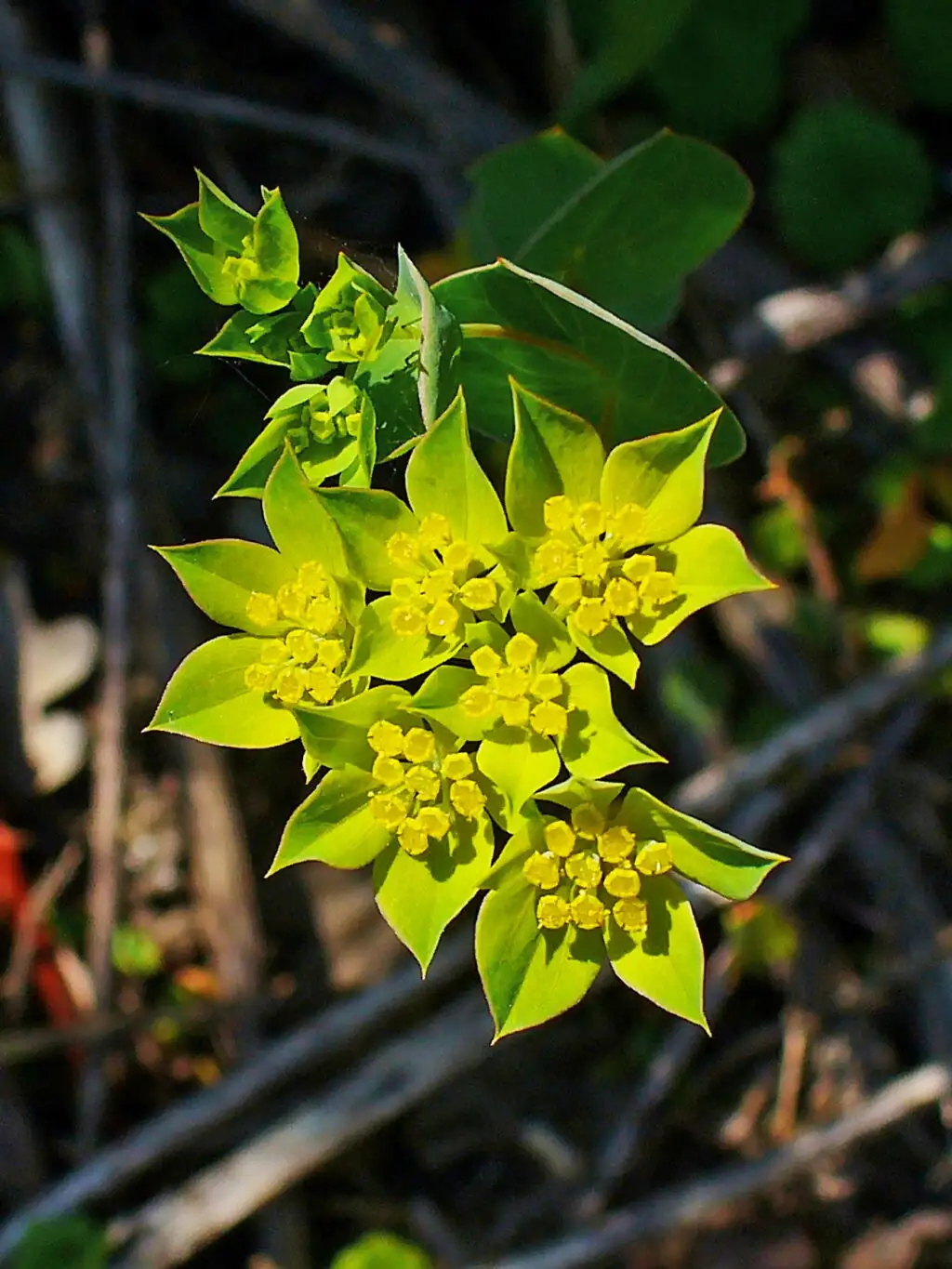Bupleurum chinense
Latin Name: Bupleurum chinense
Herb Class/Action: Healthy Inflammatory Response Support, Hepatic, Cholagogue, Kidney Support
Parts Used: Root
Flavors: Bitter, acrid, aromatic
Energetics: Cooling
Traditional Benefits: Liver support, spleen qi support, kidney support, digestive support, discomfort support
Bupleurum is a traditional liver-supporting herb that helps to ‘release the floodgates’ in the midst of stagnation that may be disrupting the free-flow of the body’s vital energy.*
Native to East Asia and China, Bupleurum can also be found growing organically in Montana and Idaho (although our species here in the US is known as Bupleurum americanum). Harvested for its roots for centuries (likely predating written records), this shrub is also known as “sickle-leaved hare’s-ear,” “Chinese thoroughwax,” “sickle hare’s ear,” and “sickle-leaf hare’s ear.”

To match its many nicknames, bupleurum’s bright yellow, bitter roots have many uses when consumed. One of the most important roles bupleurum plays is also its most unique: as a messenger herb, Bupleurum is often used in a formula in low percentages (just like Licorice) to help “deliver” a formula’s benefit throughout the body most effectively. Bupleurum specifically helps deliver a formula to the liver and gallbladder channels, according to Traditional Chinese Medicine. Bupleurum can also be consumed on its own as a tea or tonic, but because of its dry and dispersing nature, is best combined with complementary herbs that balance its energetic state.
Aside from being a messenger, Bupleurum has wide-ranging uses in traditional Chinese herbal formulations. It’s commonly used to release “Liver Qi Stagnation” and support the immune system—essentially opening pathways to establish the “free-flow” and movement of Qi and hormones within the body. As a cooling herb, it helps ease states of heat and irritability, especially when related to overwork. Other Liver Qi-related functions include supporting emotional balance, eye health, mild PMS, skin health, and more.*
Buplurum’s branches tend to grow outward in a free, unrestricted manner—symbolizing the way it helps energy flow free and unrestricted throughout the body.

